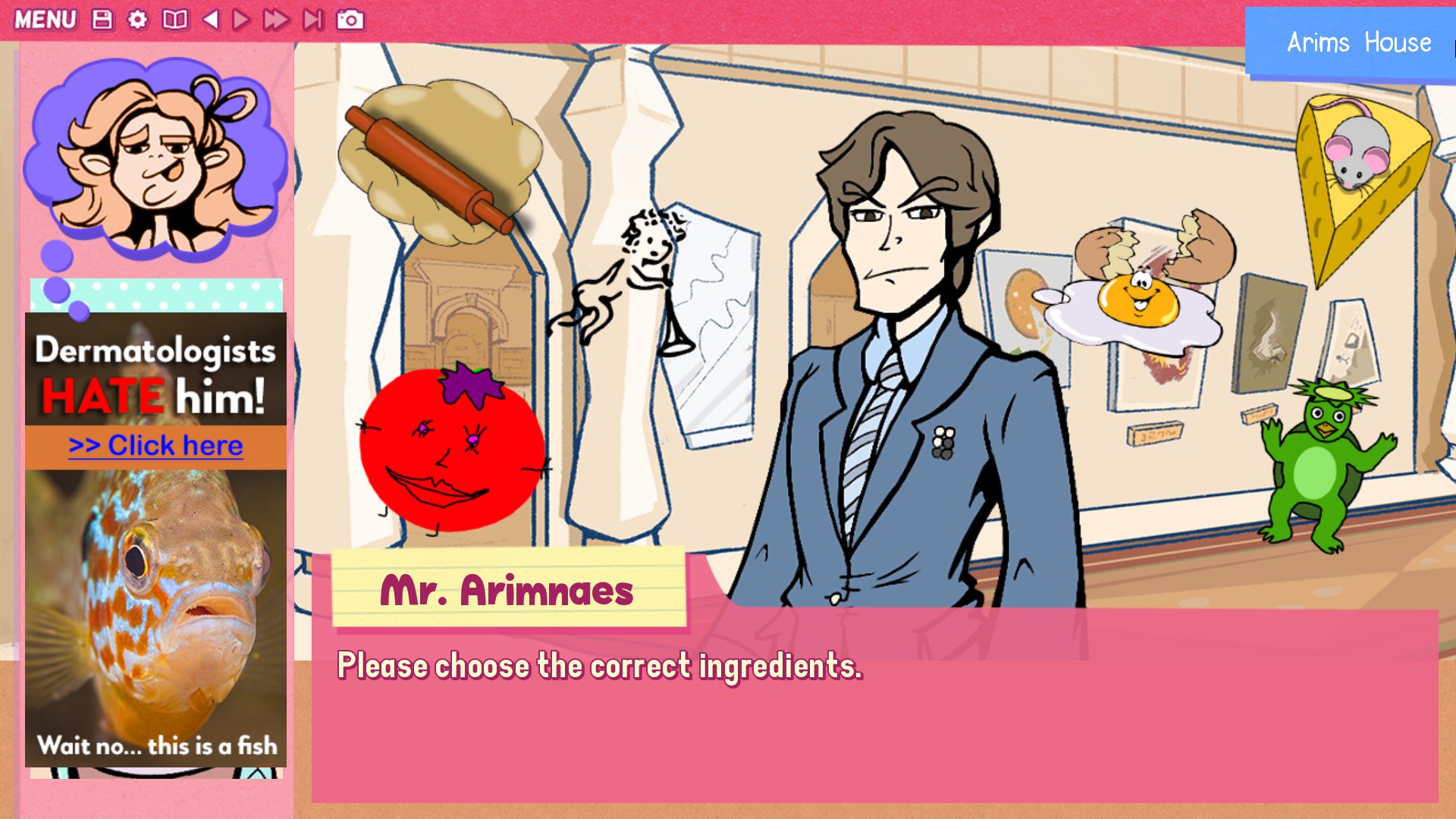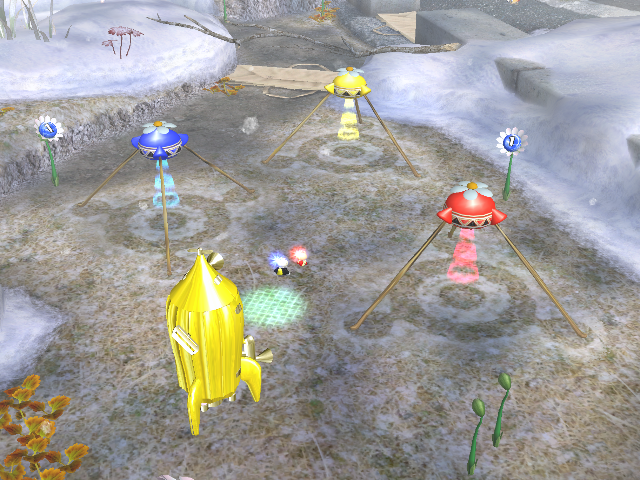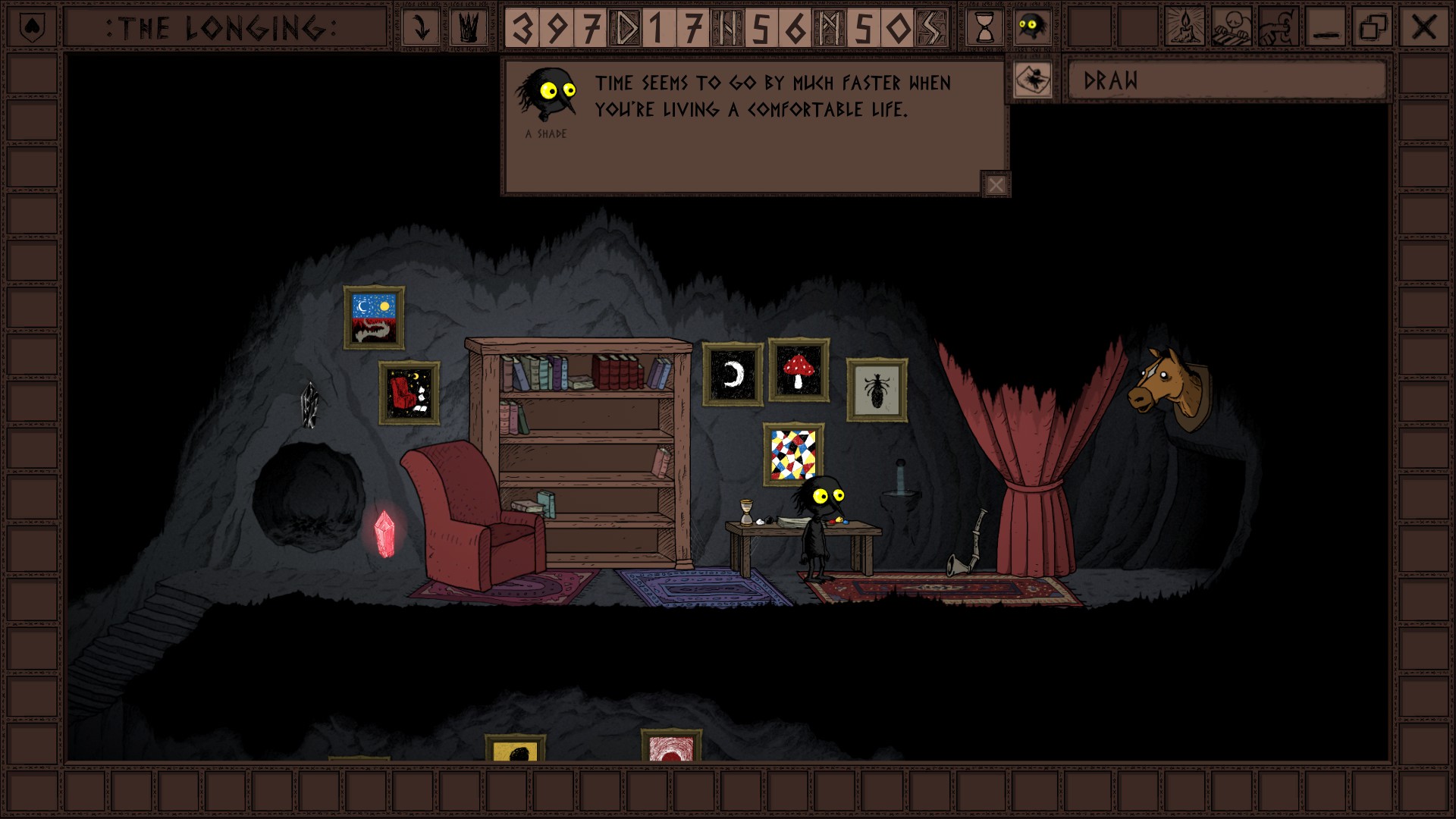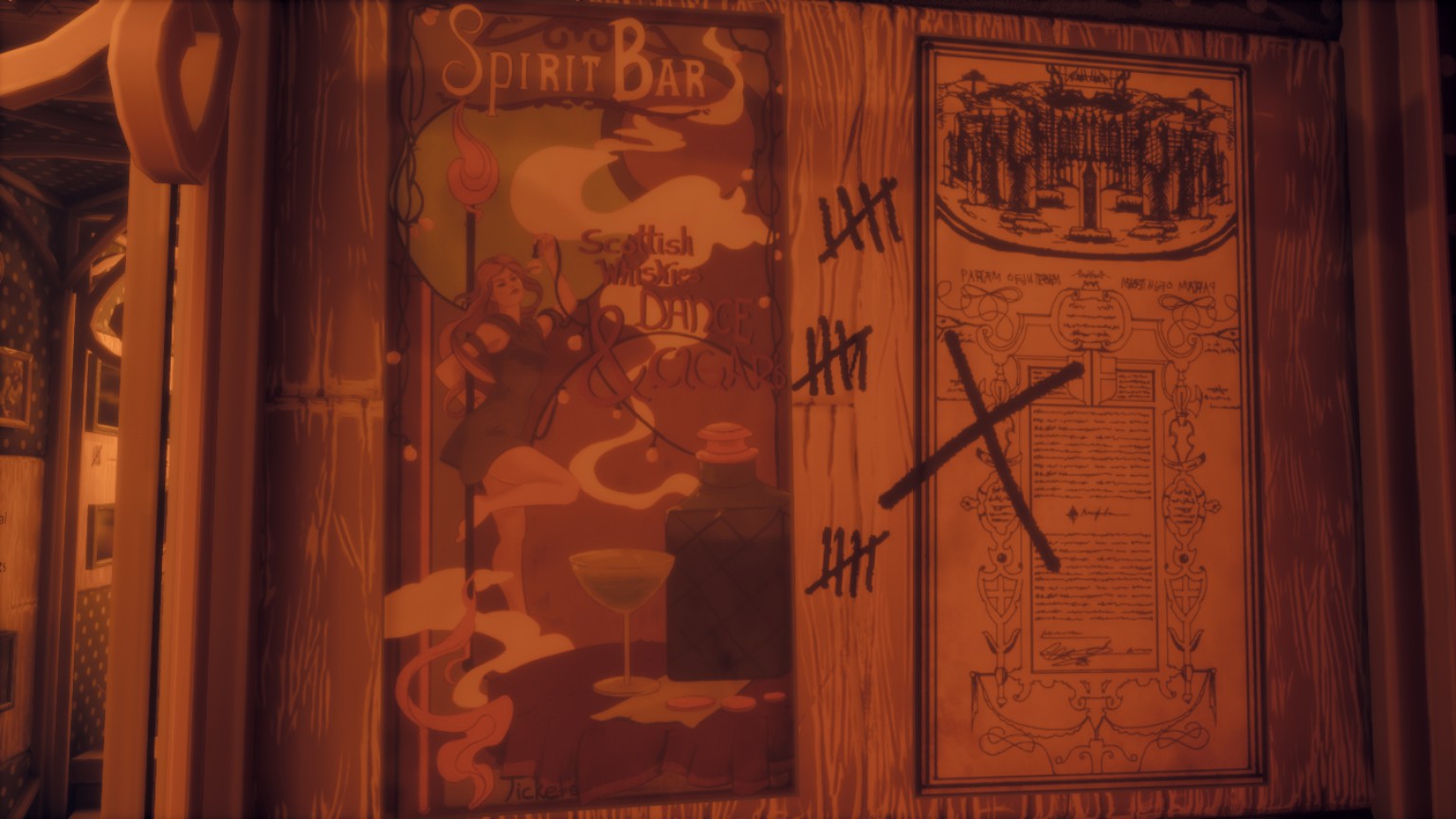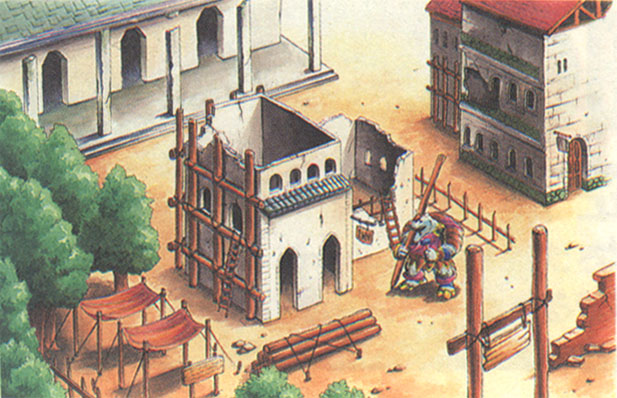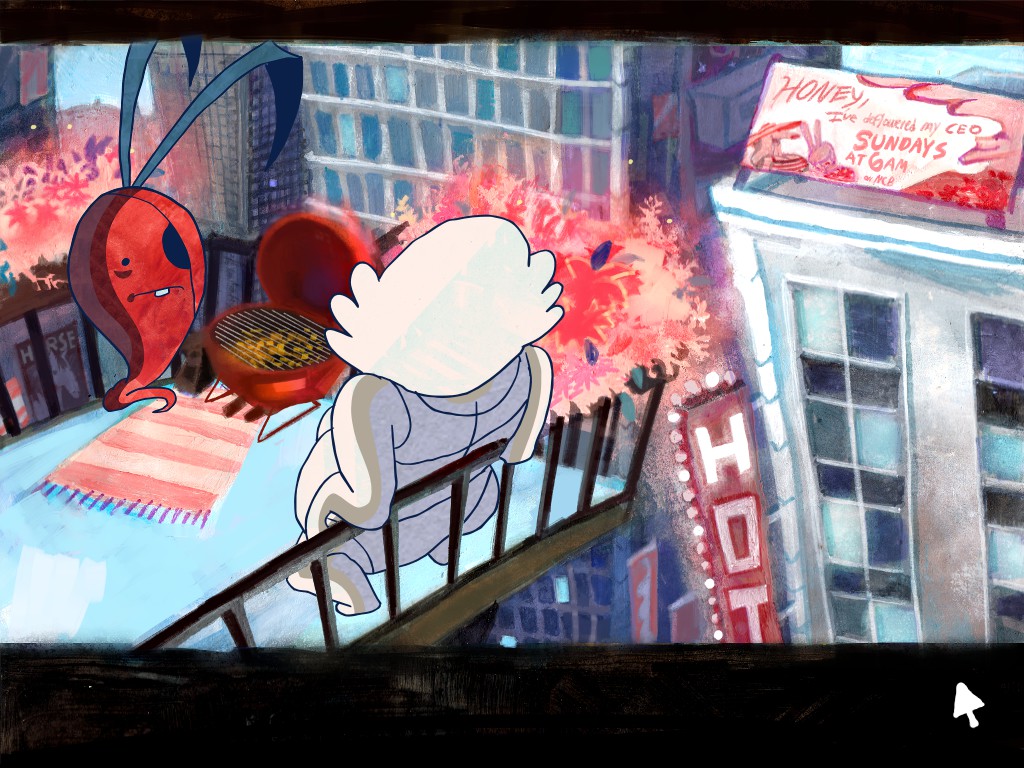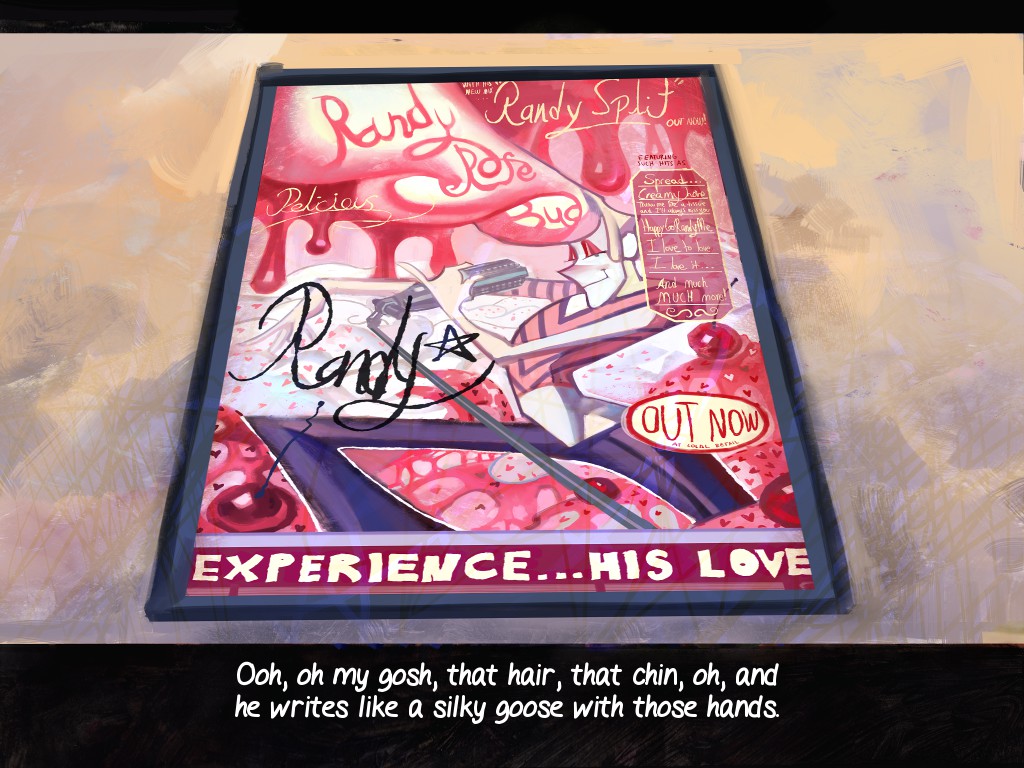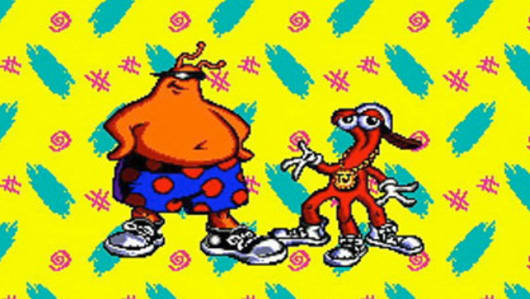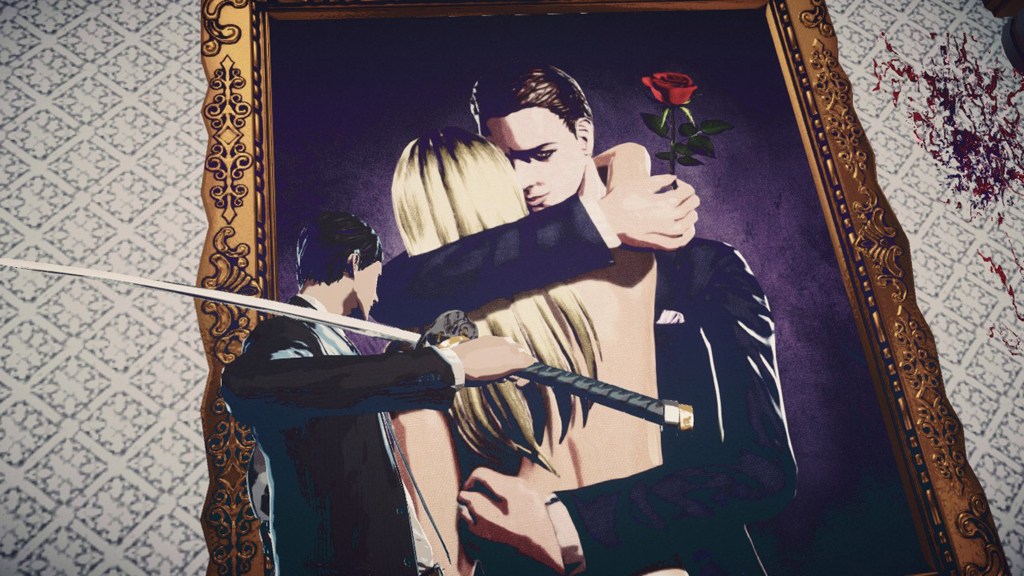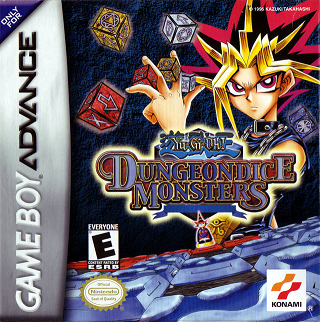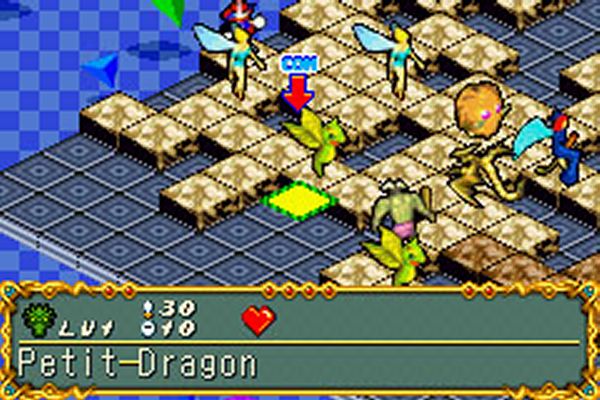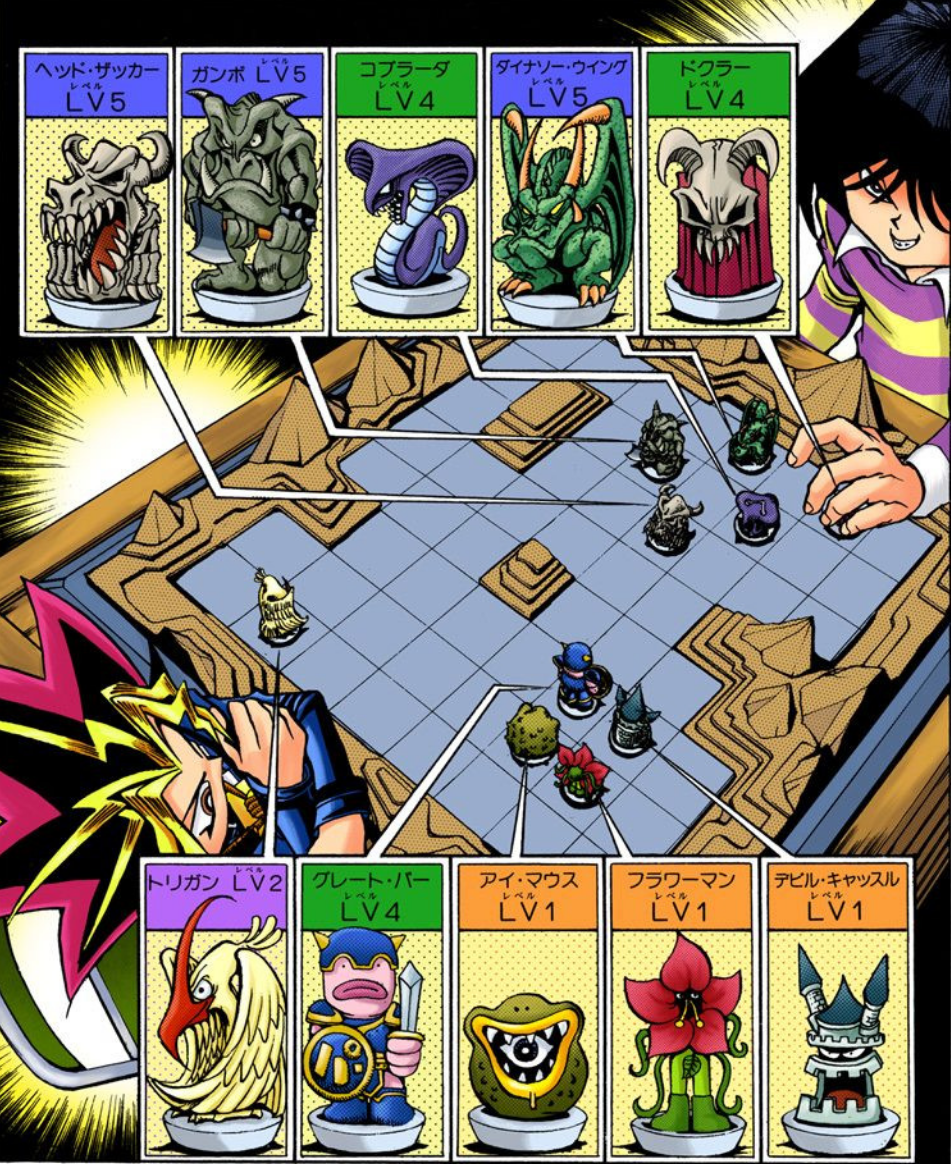
System Shock 2 is one of my favorite games. This late 90’s PC game, is a mix of low-key cyberpunk and the alright movie Event Horizon. It further combines survival-based combat with a focus on RPG style skill trees and paths created its own distinct subgenre of video game, often labeled “System Shock 2 like”. Dracula’s castle from Castlevania: Symphonia of the Night was metroidvania’s mother (father…adopted gay mom?), and System Shock 2’s spooky mega-corporation owned space ship, the Von Braun, create an iconic setting within a subgenre it unintentionally created. What sets apart, and realistically limits the amount of games given the moniker “System Shock 2-like” compared to the relatively swamped subgenre of metroidvanias is, a necessary bigger budget. Additionally, these game require an almost constant reliance on utilizing some of the original System Shock 2 staff. As if metroidvanias like Hollow Knight, Dust: An Elysian Tail, and Quacamelee! would have to invite Castlevania’s real life Dracula, creative director Koji Igarashi, to consult on each game as a show of authenticity.
“System Shock 2-likes” feel as if they have at least one big hand print of System Shock 2, like a Urah-kai’s mark of Saruman, over the design document. The legacy of System Shock 2 is so impactful, that even a later game like Void Bastards is marketed front and center with the tag line “from the development director of System Shock 2 and Bioshock”. This shared creative staff creates an odd familiarity for these games set, sometimes only partially, in isolated abandoned research facilities, including Bioshock 1 and 2, Prey (2017), and the distant cousin Soma.
Active exploration is big in “System Shock 2-likes”, where certain key areas are returned to over and over. Prey protagonist Morgan Yu’s office being refitted into a home base comes to mind, similar to the frequent backtracking in metroidvanias. That compulsive need to open every drawer, filing cabinet, or bathroom stall, common in story-focused walking simulators like Gone Home, is encouraged. It’s rather amusing that a subgenre of games so fixated on creative methods for dispatching grotesque monsters or armor-plated robots feels best when every enemy is simply ignored because you are only returning to Engineering because you just remembered there was a hidden unopened safe. Screw progressing the overarching plot to find answers as to why the research facility is abandon and why everyone is dead. You have audio logs detailing how much Margret in Hydroponics dislikes Brendon from Neuromod Division because his last White Elephant gift was something shitty, like an expensive bag of whiskey stones. Soma’s safe mode even removes all direct combat with its instant death undersea monstrosities, letting the player scatter papers and coffee cups in relative peace.
The solo journey of the “System Shock 2-like” is great for providing a creepy atmosphere, where often the only non-monster met are recently-deceased crewmate set pieces. Explore a lab in System Shock 2, find a hanged researcher. Explore a train corridor in Soma, find a technician being barely kept alive by a respirator AI. Go literally anywhere in Prey, find a staff member dried of their energy by the Typhon so they now look like a tar-covered mummy. It invokes this great feeling, like in the original Alien, that while you are scurrying to survive, creatures bigger and scarier than you are also keeping busy.
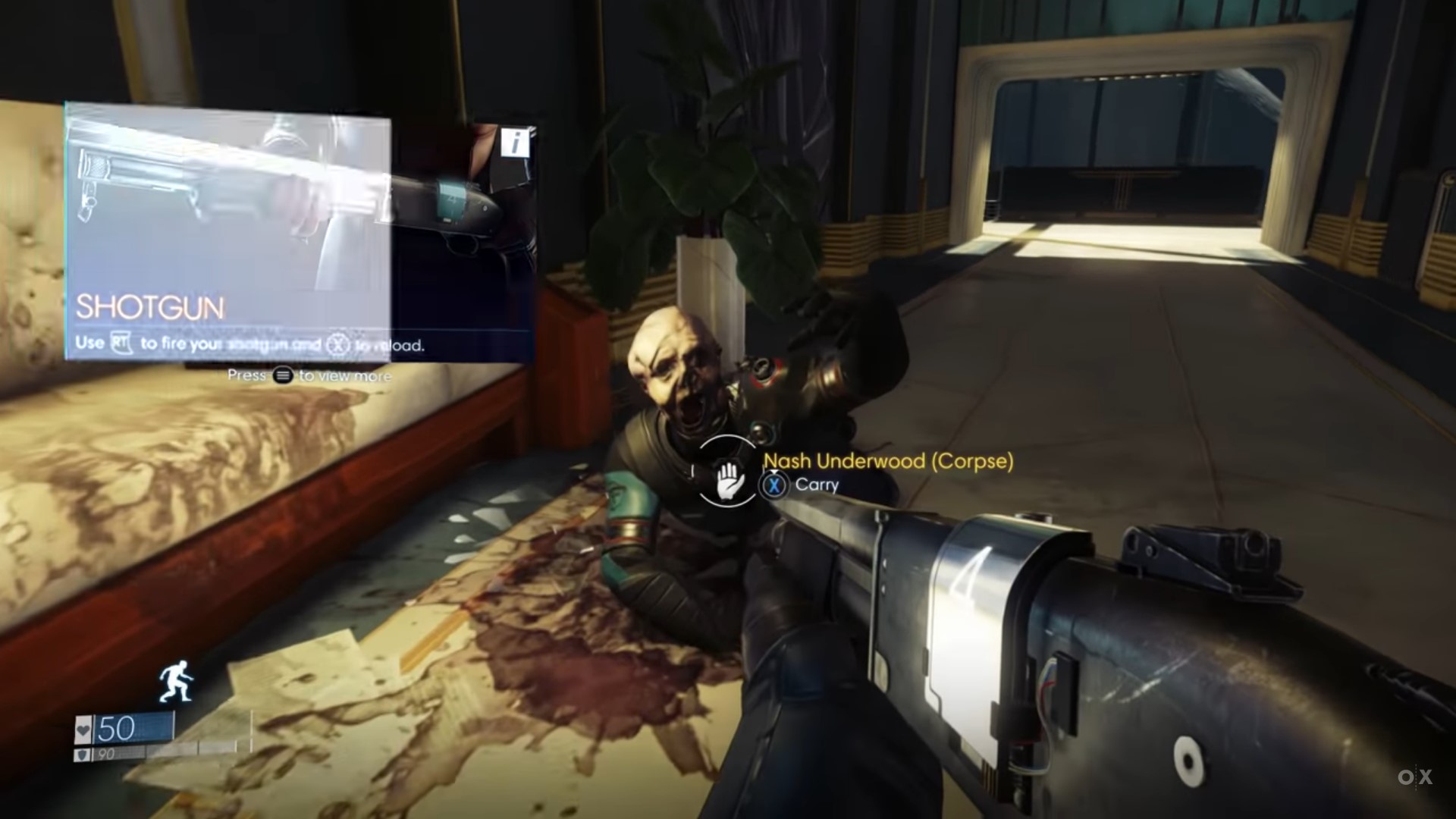
Continue reading →
